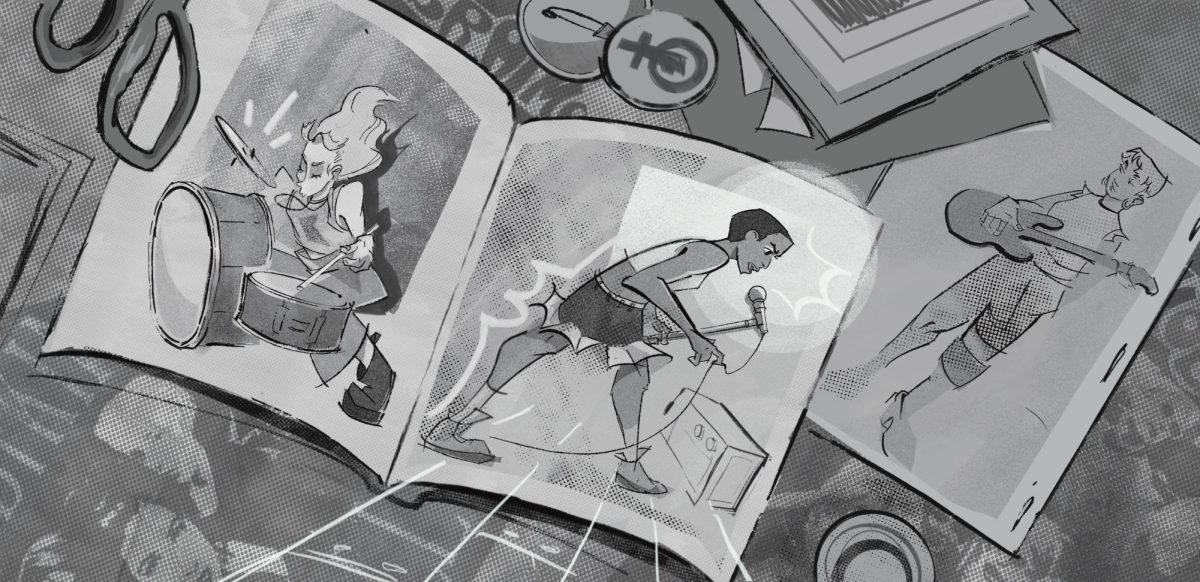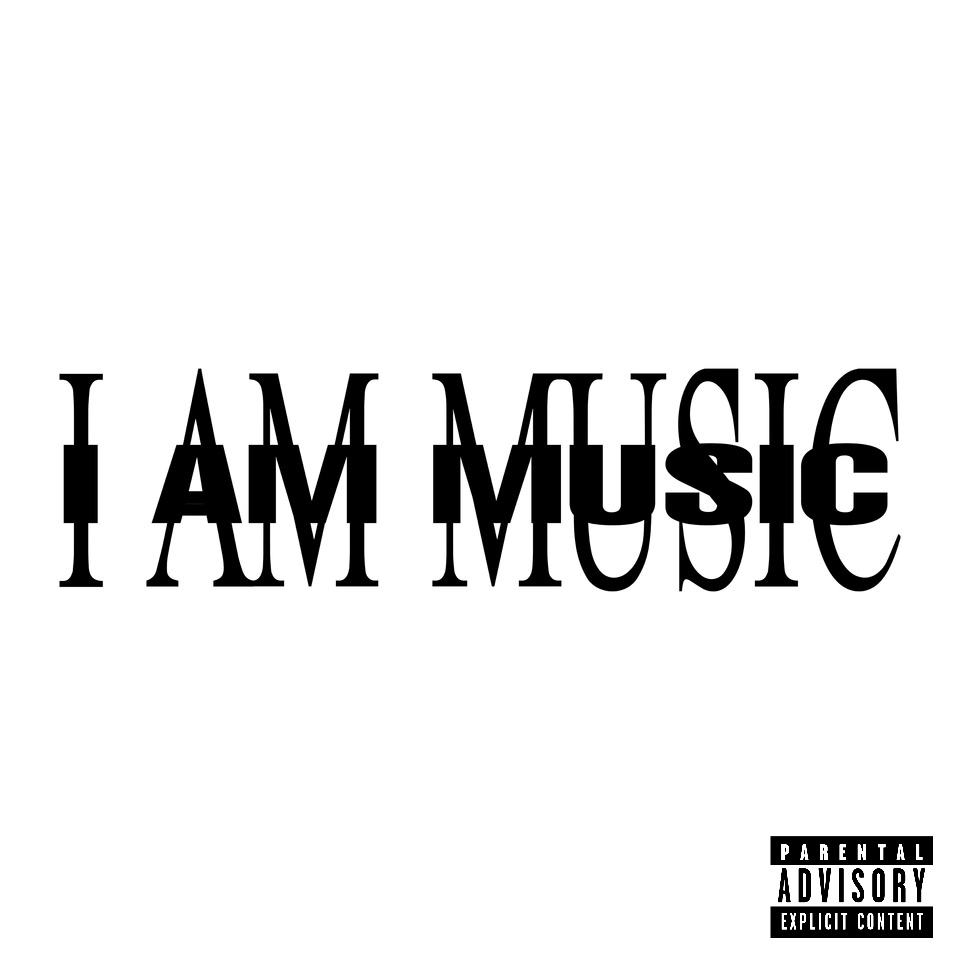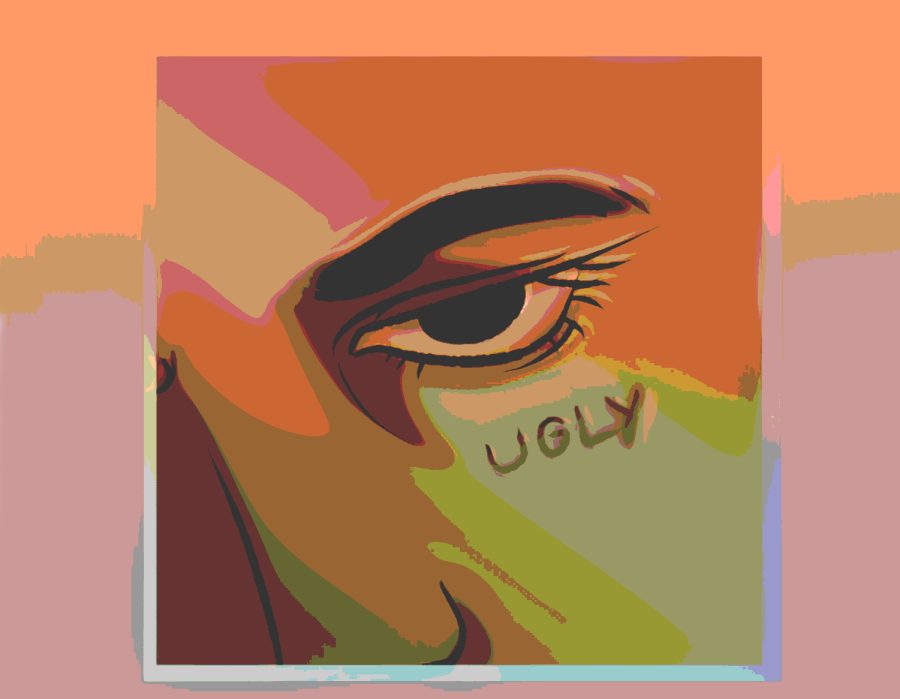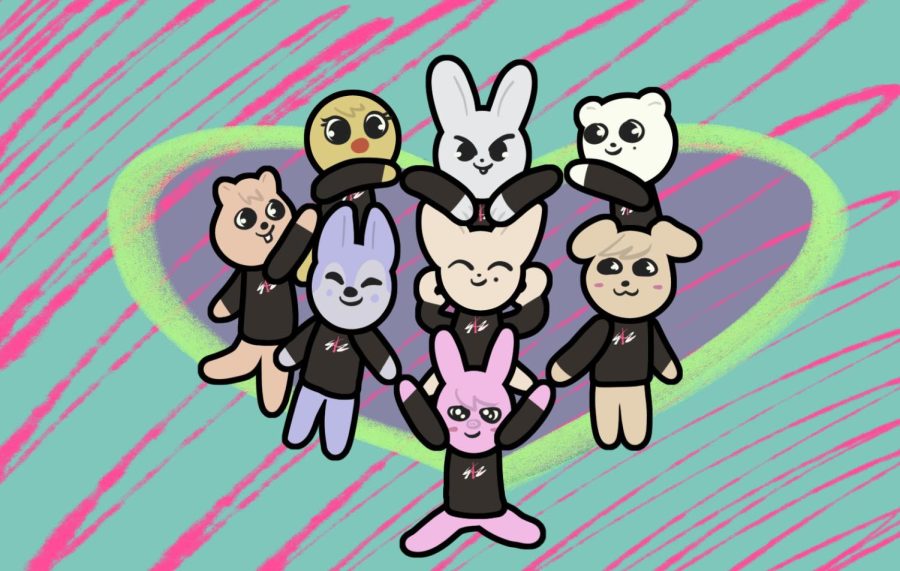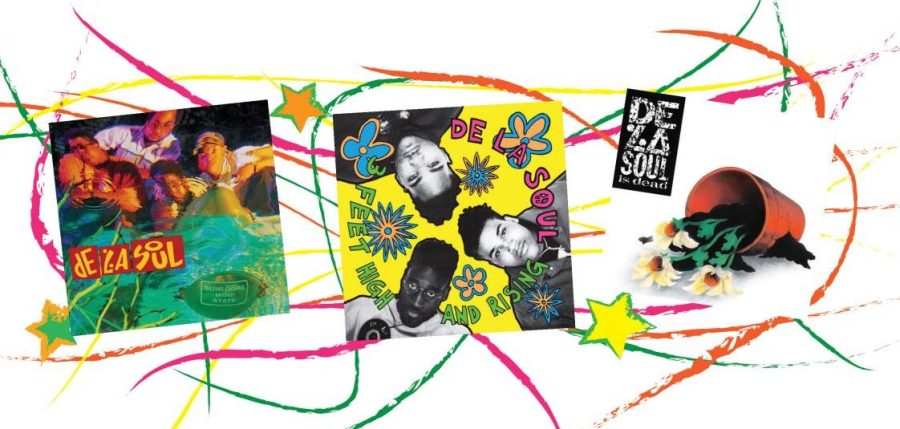The punk subculture is generally agreed to have started in the 1970s. Artists such as the Ramones and Sex Pistols were recognized as some of the early artists in the musical genre. As time progressed and scenes expanded and branched off, it became clear there weren’t always many female artists in the punk scene nor were many creating space for them in the first place.
As the needs of the subculture grew, Olympia, Washington, became the birthplace for a new subculture of punk centering women. The political and cultural movement, Riot Grrrl, began in the early ’90s, utilizing music and DIY magazines, known as zines, to combat sexism in the punk scene.
SEARCHING FOR CHANGE
Kathleen Hanna, singer of one of the first Riot Grrrl bands, is credited with having started the movement, according to historylink.org. Hanna attended The Evergreen State College and formed the band Bikini Kill with Tobi Vail, Kathi Wilcox and Billy Karren. Before Bikini Kill, Hanna was in a pre-Riot Grrrl punk band called Viva Knievel, in which she and her bandmate Louise were the only two women in the group.
Hanna wanted to play with more women who acknowledged the experiences women have in the music – specifically, punk industry. Hanna looked to Tobi Vail, who played in the Go Team and had a fanzine called Jigsaw.
Jigsaw contained articles by Vail about her experiences in the punk community, as well as how she and her band would be viewed as women in punk.
According to “Girls to the Front” by Sara Marcus, Hanna wrote Vail a letter after reading a five-page article discussing gender titled “Boxes.” Their friendship grew as they exchanged feminist literature with one another to learn the other’s perspective.
THE EARLY DAYS
Bikini Kill started their career in 1990, playing shows around Olympia and the Northwest throughout the spring of ’91. They were met with an abundance of criticism for being “militant feminists” with their assertive lyrics, according to The Washington Post.
Wanting to provide a safe space, Hanna encouraged “girls to the front” at the concerts noticing how they would get shoved around in the back. She also ran a support group backstage afterwards using her previous counseling experience from working in a domestic violence and rape shelter in college.
SPREADING AWARENESS
Just like how Vail wrote and published “Jigsaw,” fanzines were a popular and unique form of media to spread a message. During Bikini Kill’s early days, Hanna and Vail published their own fanzine, Riot Grrrl. With this they held regular activist meetings where anyone could participate in discussing topics such as women empowerment and making the local punk community better.
Hanna continued to put out zines with her band, but they weren’t always met with support. According to The Washington Post, the group received death threats in the mail, with people taking it as far as statements such as “I’m gonna … stab you in the heart.”
Despite the threats, Bikini Kill persisted. By July 25, 1992, Bikini Kill played their biggest show outside the U.S. Capitol with Fugazi for a “protest concert.” The protest addressed the Reagan and Bush administrations’ influences on the Supreme Court about civil rights and inequality. To promote the concert, fliers were sent out saying “Focus your anger, come and make your hands bleed.”
At this time, Bikini Kill created their most well-known song to date, “Rebel Girl,” in which Hanna said, “With everything that was happening, it was like, ‘I’m not even writing this, the scene is writing this.’” Since the release of the song, it’s gotten over 38 million streams and has been featured in popular films, such as Netflix’s “Moxie,” a movie with a modern take on Riot Grrrl.
INFLUENCING NEW GENERATIONS
While the Riot Grrrl movement gained a decent amount of traction and sparked a wave of punk rock feminism, it had its shortcomings. A prominent issue at the time was how the faces of the movement were middle-class white women. While they created this movement to be seen and heard, those who did not fit this category felt excluded.
Those in the spotlight of the Riot Grrrl movement also found themselves under scrutiny from the media. With tensions from the media and overall criticism rising, the movement fizzled out in the late ’90s, with bands experiencing burnout and calling it quits.
Despite the movement’s popularity dying down, Riot Grrrl undoubtedly had an impact on the scene and continued paving the way throguh 2024. In the beginning of the COVID-19 pandemic, Riot Grrrl found itself in a resurgence. Predominantly teenagers and young adults had time to discover the subculture, boosting artists such as Bikini Kill, Bratmobile, Sleater-Kinney and Emily’s Sassy Lime.
With 20-30 years of progress since the original movement, there are also new artists taking inspiration from old groups to spread their message, including Big Joanie, The Linda-Lindas and Cheap Perfume. In addition to the new artists, there are also new zines about the subculture created by those discovering the movement in the present day. There is an abundance of modern-day zines found on Etsy and BigCartel, such as Diary of a Sista Grrrl by Tobi, Loudmouth by Stevie, and Femicide by Imarni.
While the Riot Grrrl movement may have originally started and died down in the ’90s, its use of media, such as music and fanzines, helped spread the subculture to combat sexism in the punk scene and spread the message of validating women. With the preservation of this media, society now has a new variation of the movement, with current music, zines, films and books.


